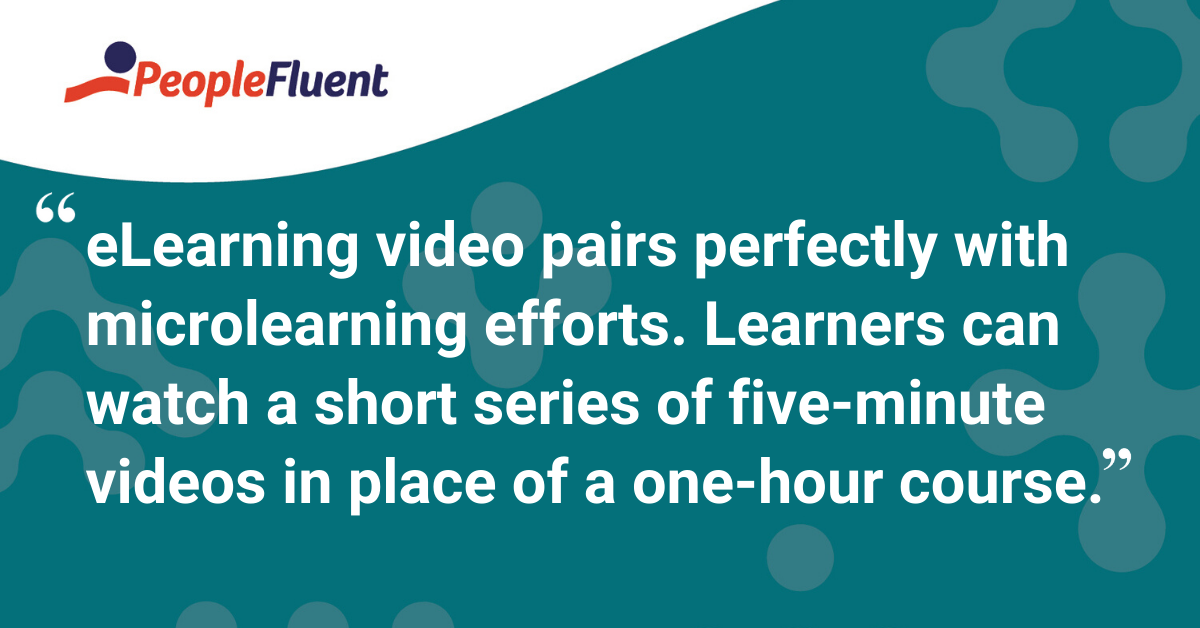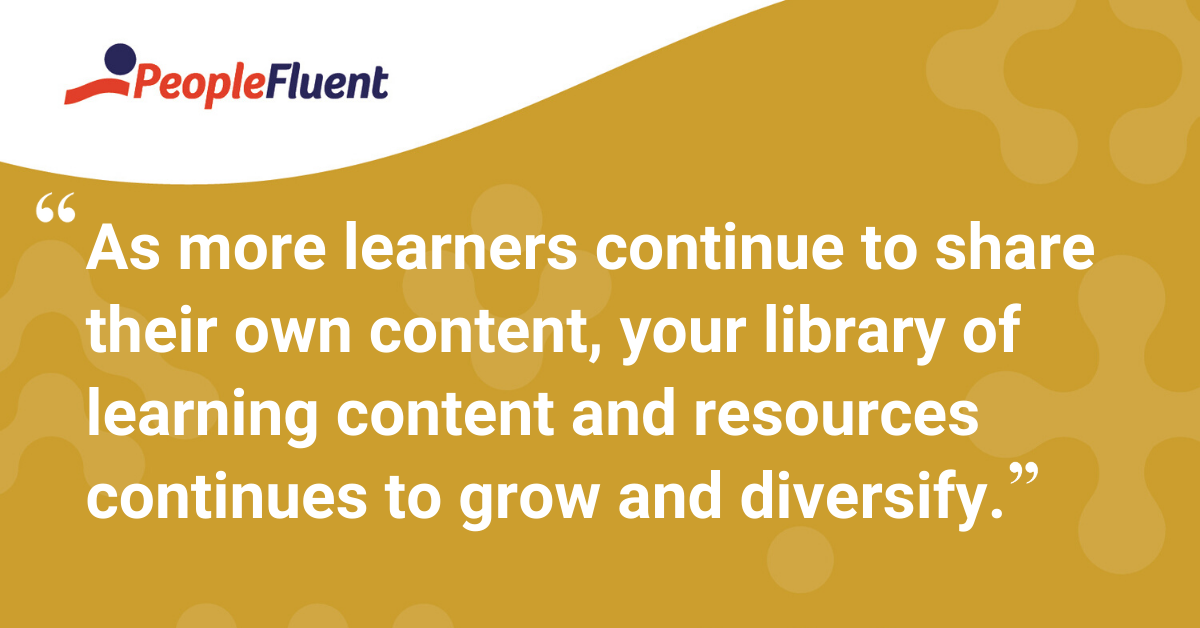Published: Jun 21, 2019Time to read: 4mins Category: Learning
6 Reasons Why You Need to Start Using eLearning Video—Today!
If a photo is worth a thousand words, then imagine what a video is worth—especially when it comes to learning and development initiatives. In fact, a recent white paper from Aragon Research, ‘The Rise of Video Learning: A Critical Component of the Digital Enterprise’, found that eLearning video is fast becoming the preferred learning method across organizations.
According to Aragon Research, video provides several key benefits as part of your overall eLearning strategy. Most notably, eLearning videos offer a quick, easy way for learners to find answers in a familiar format. And that’s just the beginning!
Here are six advantages to incorporating eLearning video into your L&D programs.
1: Creating a More Efficient Learning Process
Not only can people process video faster than text, but they’re also more likely to retain and recall video content compared to other mediums. Aragon estimates that people can recall 70 percent of the video content they viewed within the previous 30 days. When combined, these benefits create an environment that’s more conducive to efficient learning and knowledge transfer. As a result, learners can quickly get and digest the information they need so they can get back to work.
2: Distilling Complex Information Into Easy-to-Understand, Digestible Content

Video can be used to deliver information that’s not easily explained with text alone, such as tutorials for using software or explaining technical concepts. Additionally, eLearning video pairs perfectly with microlearning efforts. For instance, learners can watch a short series of five-minute videos in place of a one-hour course.
And these benefits aren’t limited to employees. How-to videos give your customers the ability and autonomy to troubleshoot their problems faster because they don’t have to rely on personally reaching out to and waiting on the internal support team.
3: Encouraging User-Generated Learning Content
Thanks to the growing availability and quality of cameras on computers, smartphones, and mobile devices, people can easily create and share their own video content with peers. Or you can easily accomplish this using a learning experience platform or LXP. This also is a great way for subject matter experts to record, capture, and deploy information across the organization.

And according to Aragon, this type of content is particularly useful in healthcare, retail, and sports sectors. Furthermore, as more learners continue to share their own content, your library of learning content and resources continues to grow and diversify.
4: Reaching Remote Learners
These days, many people work from home, on the road, or in the field. So while in-person training isn’t exactly a feasible option in these types of scenarios, video offers an easy, on-demand solution at the moment of need.
5: Ensuring Consistent Messaging and Saving Time

On-demand video removes the need for someone having to regularly repeat the same training while learners can revisit videos or replay certain parts to reinforce comprehension. Furthermore, video-based training helps guarantee consistent messaging and the sharing of correct information across the organization.
For example, let’s consider the process of onboarding new hires. Rather than having all new employees meet people across departments, you can show them a video that’s tailored to their respective roles and responsibilities. This might include a company overview, details about products or services, or applicable workflows and processes.
6: Establishing a Collaborative Forum for Learners, Experts, and Peers
Unlike text-based learning content, video inherently provides a more engaging, immersive experience. For example, learners might have the opportunity to comment and discuss topics via video learning platforms.
The Future of eLearning Video
It’s predicted that eLearning video will only continue to grow in demand and popularity. That’s why it’s critical for organizations to not only be prepared to offer quality video content, but also have the right tools in place to ensure an effective, efficient learning experience.
Discover How Learning Builds Skills and Ensures Compliance
Design, deploy, track, analyze, and report on enterprise learning and compliance programs. PeopleFluent helps you execute your programs seamlessly, so employees upgrade their skills and you get results.